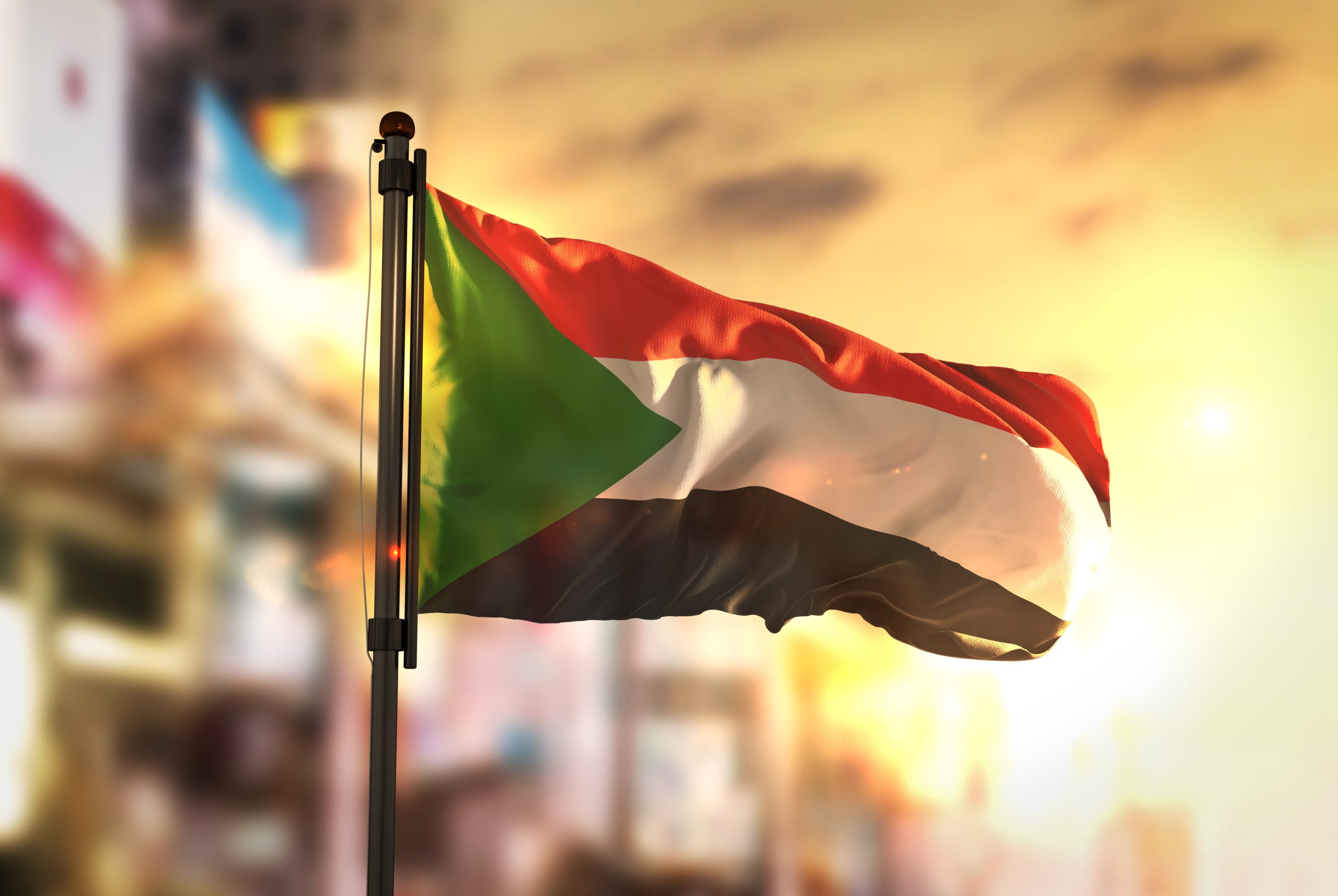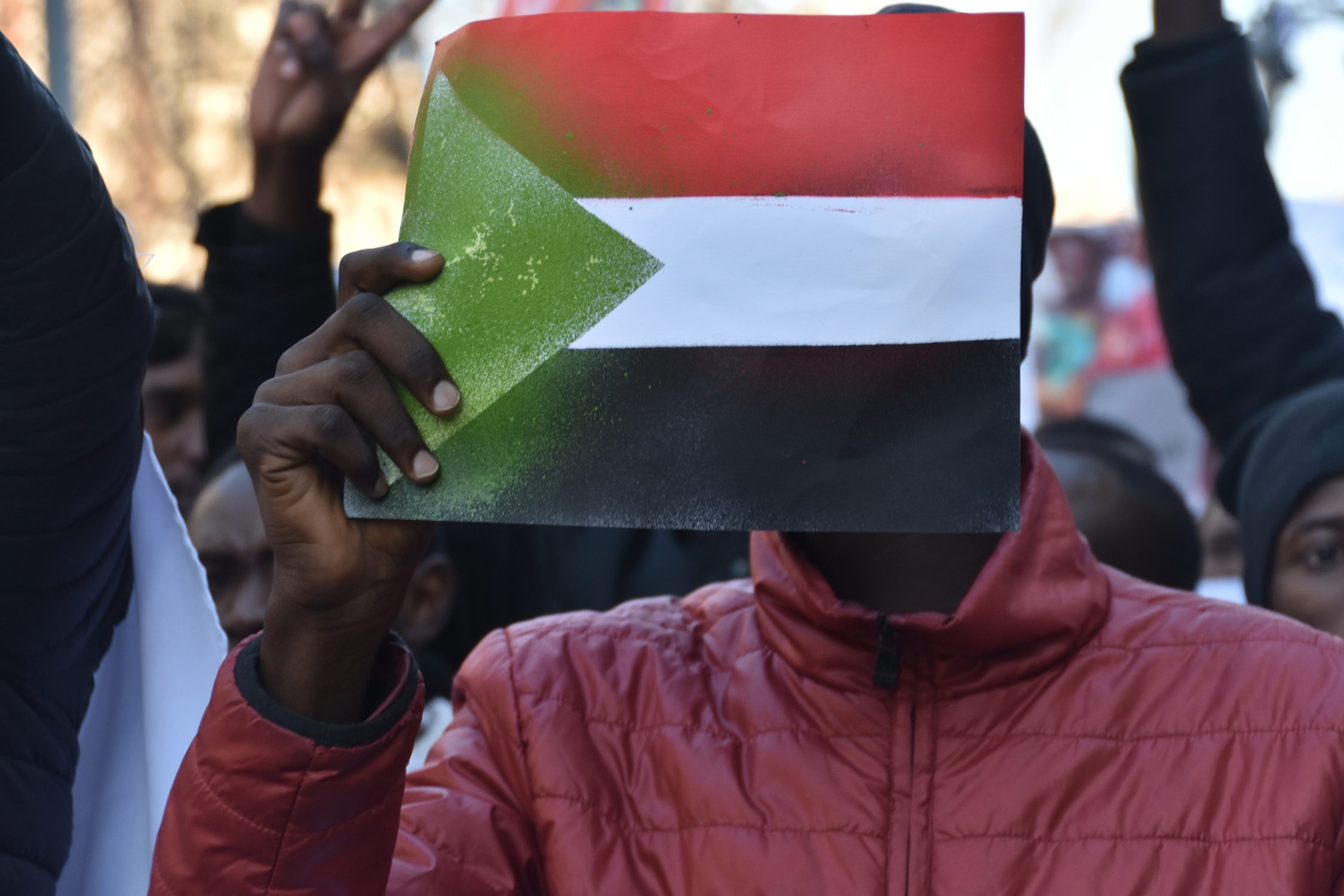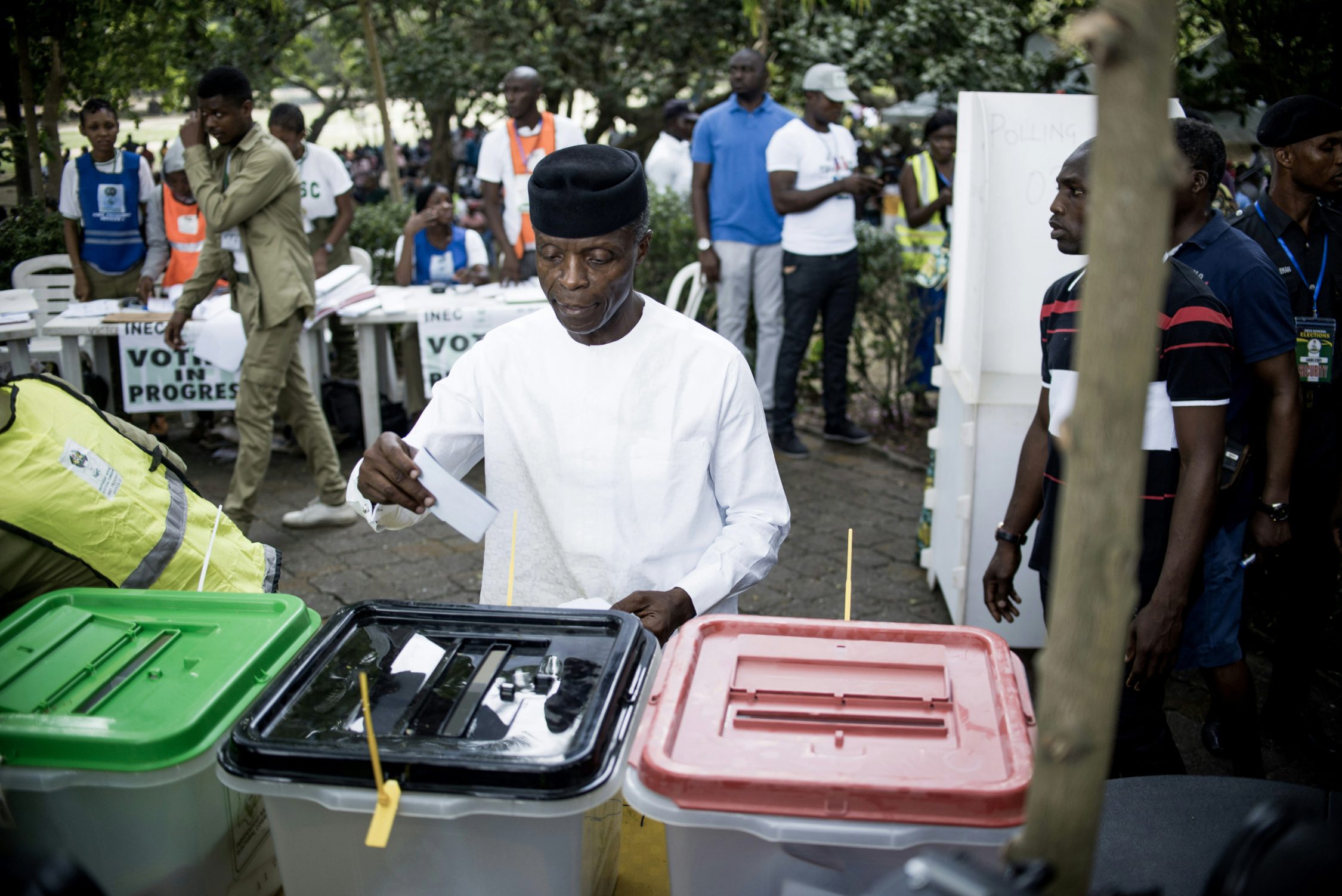Guy Gabriel
More peacebuilders does not mean more peace. There are numerous diplomatic tracks hoping to lead to peace in Sudan at present, each one pitched differently to the others, each with merits and demerits. But that there are numerous concurrent tracks does not amount to a surfeit of peace, so much as its lack. Until now, none of these tracks has been unable to broker any sustainable agreements on cessation of hostilities, regular and predictable humanitarian access, or protection of civilians.
There have been widely reported talks since the outbreak of conflict in Sudan in April this year, in Saudi Arabia, Egypt, and Ethiopia. There are those involving Saudi and the US, the Jeddah track, which began in April. The African Union developed a ‘Roadmap for the Resolution of the Conflict in Sudan’ in May, and has indicated it will convene civilian parties. The Intergovernmental Authority on Development (IGAD) set up a ‘quartet’ of Djibouti, Eritrea, Kenya and South Sudan, chaired by Kenya, which held its first meeting in July. Also in July, Egypt launched a ‘neighbouring states’ initiative with a summit meeting including Eritrea, Ethiopia, South Sudan, Central African Republic, Chad and Libya. As is usual, other talks go on, away from the glare of publicity.
Power players, neighbors and regional bodies all have registered their stake in bringing peace to Sudan, and in the peace marketplace, interests differ, resulting in different offers. Those buying may see fit to shop around for the best deal going, piecing together the most beneficial elements from the different tracks. Equally, when the transaction concerns something so valuable and existential, those selling may drop the price in order to make a hasty sale, but which results in a lower quality product.
There are several risks of this marketplace confusion. The first danger is diluting voices calling and persuading the warring parties to dialogue and peace, voices whose unity and common purpose are instrumental in achieving a permanent ceasefire and political settlement.
Secondly, it incentivizes those dipping their toes in the market for peace to shop around selectively, cherry-picking the best deal, something which amounts to lower commitment to a potential purchase. The different initiatives can cancel each other out.
Thirdly, competing initiatives can cause splits within negotiating parties, weakening the chance of a sustainable outcome. If bodies that have poor coherence, and which are easily fractured, cannot speak with one voice, it is more likely they will speak, in effect, with no voice.
Lastly, a list of would-be mediators that is growing provides incentive for others to jump in with their own initiative, further muddying the waters.
These separate tracks, faced with low levels of success, become echo chambers communicating with themselves and their respective constituents, as much as they do with the warring parties. This gives legs to the track, but only in the sense of treading water, not hastening a peaceful outcome.
All this amounts to uncertainty where the interests, the hedges, and the push-pull factors which go into transacting peace between a seller and a buyer jar more than they dovetail. Altogether, this does not add up to the best possible outcome for those who need it most – the people of Sudan.
In Sudan, the leaders of the warring parties, the Sudanese Armed Forces (SAF) and the Rapid Support Forces (RSF), best represent themselves, despite their competing claims to national leadership. So where is the civilian element? The people of Sudan, who after three decades of military dictatorship, forced their voices to be heard through collective action on the streets, were instrumental in the formation of the Sovereignty Council. The muscle memory of this action may currently be muted, but has not faded away for good. The Forces of Freedom and Change (FFC) met in July and August, and as a body with legitimacy in Sudan’s political set up before the SAF coup of October 2021, it must be recognised as having valuable input into Sudan’s peaceful future. But again, there is a risk of a split FFC, having met recently in Egypt and then in Addis, in the orbit of two different diplomatic tracks. So too must other civilian voices be heard, including the resistance committees and political parties.
Sadly, the internal dynamics of the conflict remain strong, with both sides seemingly intent on depleting the other militarily, to the extent that any peace talks they engage should, in their views, result in a condemnation and evisceration of the other. In other words, peace agreement not as compromise and settlement, but as a victory parade. This is not a likely outcome in the near future.
However, for peacebuilders, this does not mean do nothing. It means time for preparation of the substantive issues and content that will need to be covered in a peace agreement. For Sudan, this means at a minimum addressing chronic institutional imbalances, and due consideration of justice, constitutionalism, genuine independence of state institutions, equitable distribution of resources throughout the country, reconstruction, and building a unified army.
This is quite a shopping list. In the rush to draft an agreement which is acceptable to the warring parties, given the competition for signatures, there is a tendency to converge on a lowest common denominator approach. In this approach, getting over the line is the focus and the conflict’s thorniest issues and the warring parties’ reservations are glossed over. This is because mediators do not want to be seen as competitors, but will want to be complementary rhetorically, and because they want to attract other external powerbrokers to support them. Once the high of a signed deal fades and focus shifts to implementation, it is likely that such a cut-price agreement is more easily fractured, and reservations emerge as obstacles to progress.
Time and thought must be given to potential weaknesses of any peace deal. Does it genuinely address root causes, or has the price been dropped in order to make a sale? Is it an elite bargain, or will each of Sudan’s diverse communities be able to see something for themselves in it, and get fully behind it? Putting signatures on a peace deal is merely day one of what should be a properly transformational period. The sustainability of the transformation then depends on the extent to which these questions are addressed in any peace deal, not only by the warring parties themselves, but also by the coalition of external peacebuilders (hopefully) all speaking with one voice.
For all those driving diplomatic tracks, it is important to view coordination and unity of voice and a united front as a tool with which to leverage strong pressure on the warring parties. A cooperative system selling one product is preferable – durable peace. Too much choice for those buying is not a good thing. When the offer becomes compelling enough, then perhaps peace will result. Though it may seem some way off, the external dynamics can play a strong role in encouraging this.

Guy Gabriel is a writer and communications specialist, with long experience of peace processes in Sudan, South Sudan and other Middle Eastern and African contexts.



